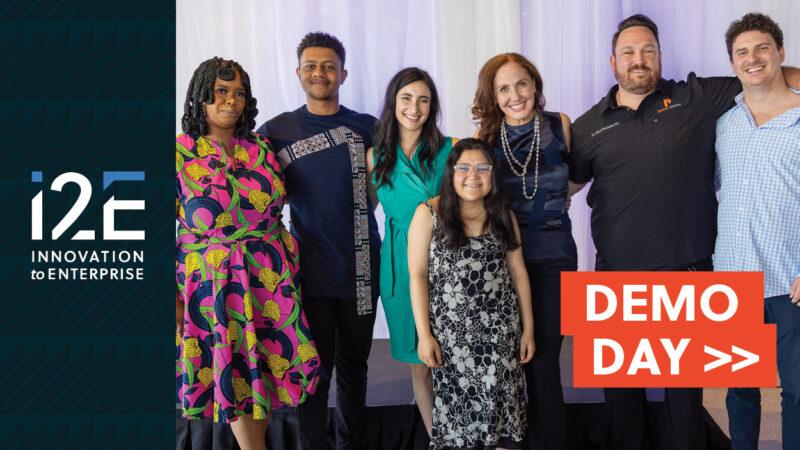By Scott Meacham
You have to teach people how to hold a hammer.
In the information technology world, one of the great goals of design bears the moniker of “plug-and-play.” The idea is that new IT software or devices work perfectly as intended the minute they are installed or connected without any action or learning from the user.
The concept has been around since the 1930s when ads for vacuum tube radios touted “plug in and play.” It became mainstream when, in the mid-‘90s, Microsoft and Intel came out with a hardware standard that managed the installation handshake between PCs and new peripheral devices. Microsoft carried the concept even further with software until, today, it is hard to imagine buying a laptop, an iPhone, or any other technology device that doesn’t instantly work when we connect it and turn it on.
Plug-and-play challenges
Every visionary and innovator faces the challenge of plug-and-play. People who come up with amazing new ideas that solve big problems for huge markets always have to figure out how to “fit” that innovation into the processes and workflow that already exists. Figuring out what is required for the “plug-and-play” differentiates highly successful entrepreneurs from everyone else.
Oklahoman Chad Richison is one of the nation’s most successful entrepreneurs.
Richison, who joined a payroll and human resources company out of college, quickly realized the industry — which was based on providing timely and accurate information — payroll, attendance records, benefits, payroll taxes and the like – -was struggling mightily with information scattered across departments, duplicated data, and processes that were prone to errors and inefficiencies.
Richison boldly founded Paycom in 1998 as one of the nation’s first 100 percent internet-based payroll companies when people and businesses were just barely figuring out what the internet (then called the World Wide Web) even was.
Teaching the Internet
“Chad tells the story that he actually had to sell the idea of the internet and teach people how to use it so they could then do their payroll online,” said AJ Griffin, director of government affairs at Paycom. That meant toting AOL and Prodigy diskettes as well as 25- to 50-foot phone cords on sales calls. At the time, web access was dial-up and far from ubiquitous. For many people, Richison’s software demonstration was the first time they had seen the internet.
On April 15, 2014, Paycom became a public company with its shares opening for trade on the New York Stock Exchange under the ticker symbol PAYC. In early 2020, the company joined the S&P 500.Today, Paycom has approximately 31,000 clients across the United States.
In 2020, Paycom made its fourth consecutive appearance on Fortune magazine’s 100 Fastest-Growing Companies. Paycom was recognized as one of the Best-Managed Companies in 2019 and 2020 by The Wall Street Journal. For the past four years, Paycom has ranked on Deloitte’s Technology Fast 500, an annual ranking of the 500 fastest-growing technology, media, telecommunications, life sciences and energy tech companies in North America.
Chad Richison and Paycom have accomplished many remarkable achievements. They all began when this visionary entrepreneur recognized the problem-solving potential of a cloud-based software suite when there wasn’t yet a cloud. Great innovations usually don’t enter the marketplace as plug-and-play.
You have to teach people how to hold a hammer before they can use a new-technology nail.
Scott Meacham CEO of i2E Inc., a nonprofit corporation that mentors many of the state’s technology-based startup companies. i2E receives state support from the Oklahoma Center for the Advancement of Science and Technology and is an integral part of Oklahoma’s Innovation Model. Contact Meacham at [email protected].








